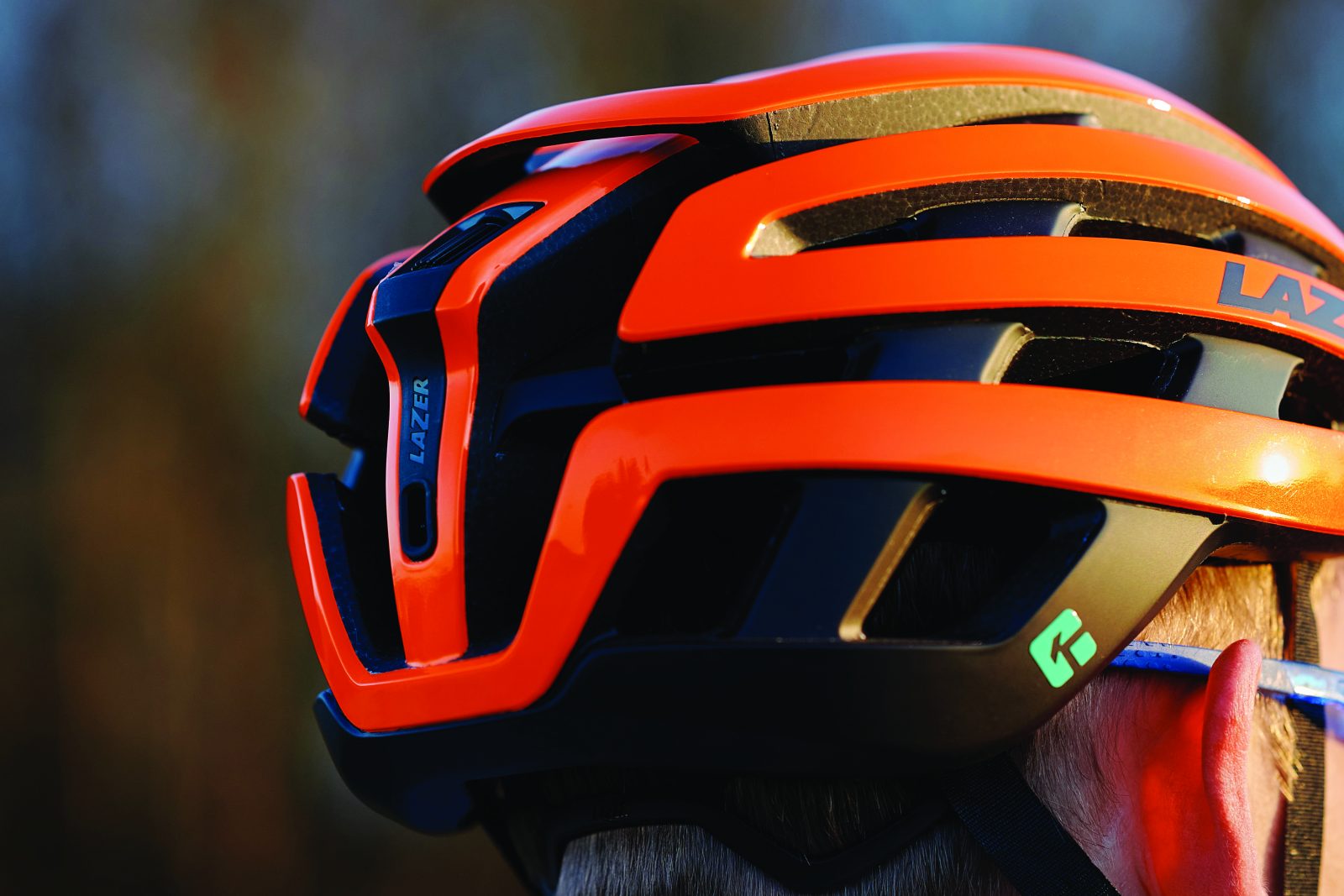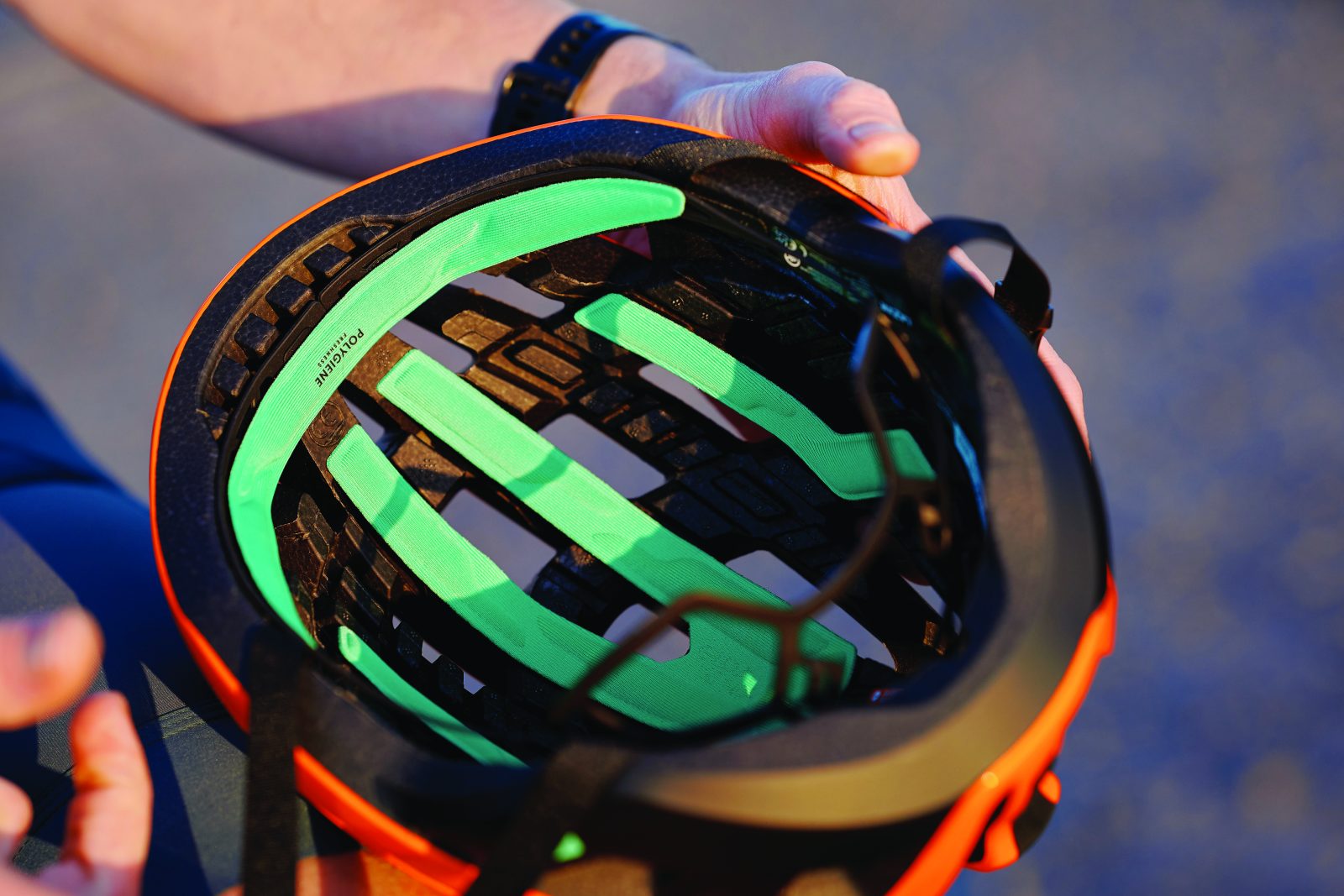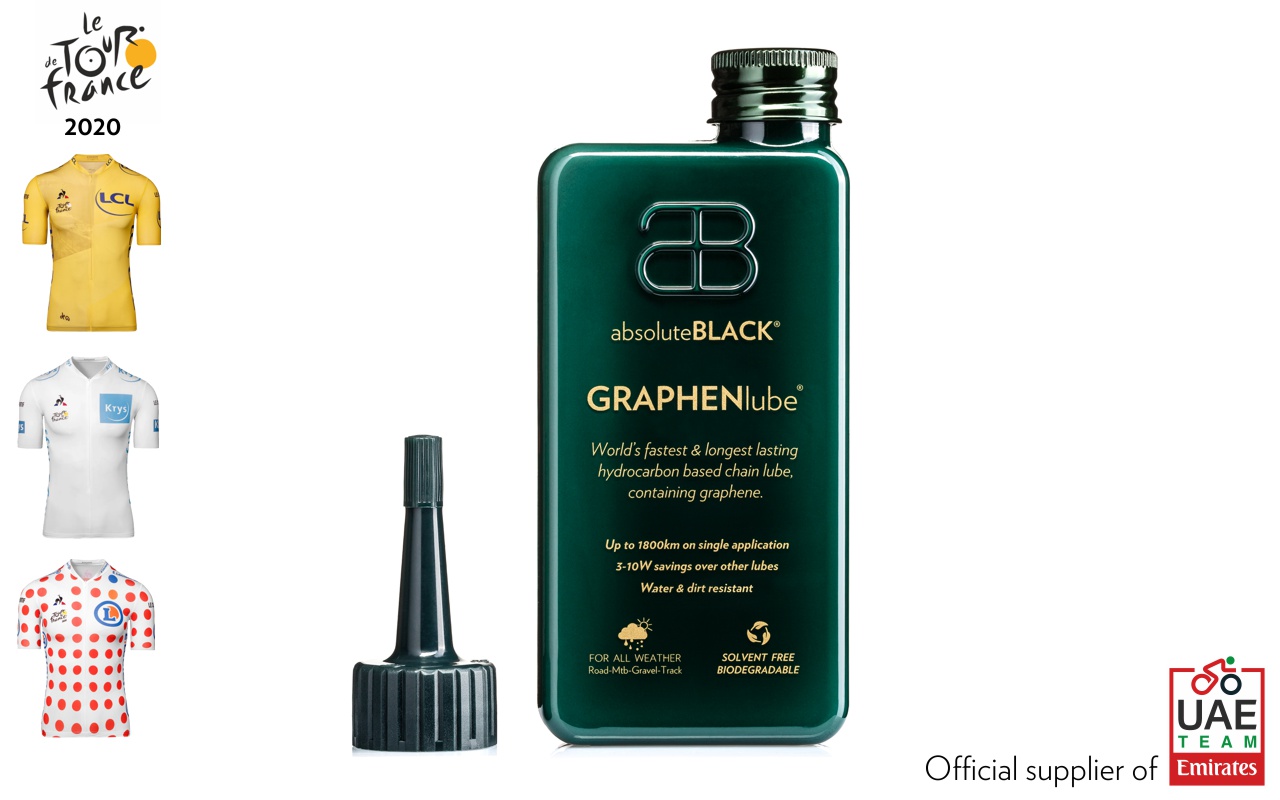The new Lazer Z1 helmet replaces Mips and drops weight

Words James Spender Photography Mike Massaro
Since its release in 2014, the Z1 has spearheaded Lazer’s all-rounder helmet category.
It was ostensibly designed to compete with the weight and airiness of the Giro Aeon (sub-200g, remember that guy?).
Now in its third generation, such design goals are still at the forefront, but the headline here is how Lazer has tried to balance them better with safety through the use of its own technology, dubbed KinetiCore.
Where the second-generation Z1 was essentially the original Z1 with a Mips slip-plane liner attached inside, the new Z1 has been completely redesigned, with dozens of small EPS blocks moulded into the helmet’s inside.
‘The blocks are constructed in such a way that they can deform or break during impact, both in the horizontal and vertical direction,’ says Lazer product manager Ruben Broekhuizen.
‘This means the blocks absorb both linear and rotational energy, which means the impact and rotation on your head and brain will be less [in the event of a crash].’
The easiest way to understand it is to think about how corrugated cardboard can be crushed in a downwards direction, squishing and twisting as it compresses.
KinetiCore’s blocks are a bit like the waves of cardboard sandwiched between the corrugated cardboard’s two layers, and where the Z1 is concerned its blocks are sandwiched between the helmet itself and your head.
The upshot is the Z1 KinetiCore has achieved five stars with the Virginia Tech independent safety rating system while shedding around 20g and gaining better ventilation.

On that first point, this size medium weighs 232g on my scales, and on the second, Broekhuizen says losing the Mips liner allowed Lazer to redesign the leading edge of the vents, which now face backwards in a sweep as opposed to some of them facing forwards.
The rear of the helmet has been rethought, while the wheel for the RollSys retention system has been moved from in front to behind the Z1’s ‘wing’ (that floating spoiler-esque part of the helmet).
Broekhuizen says the Z1 is still Lazer’s lightest and best ventilated helmet, yet redesigned vents make it marginally more aero (his words, no data), and with the additional aeroshell it will give Lazer’s aero Vento a run for its money.
Subjective truth
It’s hard to recommend a helmet given its subjective reality – a helmet lives and dies by how it looks and feels – but for my sensitivities I can’t fault the Z1.
It doesn’t feel bulky in the way some beefed-up safety helmets can, and the RollSys is easy to adjust and fits well, plus I’ve long admired how it integrates in a way that Boa dials on cradles cannot.
The Polygiene pads make antibacterial promises and so far don’t smell, and while saving 20g is negligible, the Z1 does feel light and breezy.
What is objective, though, is the safety rating.
How a university that started as an agricultural college has become the authority in helmet safety I don’t know, but it has, and the Z1 has jumped 50 places on the outgoing Z1 Mips, so Lazer must have done something right.
Just like the old one, I’m sure I’ll be riding the new Z1 for years to come.
THE SPEC
Model Lazer Z1 KinetiCore
Weight 232g (M)
Price $399
Sizes available S, M, L
Colours available Harbour Grey, Matte Black, Full White
Contact lazersport.com


